As we get older a lot of changes happen in our bodies. Some of these changes manifest in ways that are difficult to reverse, or even correct. The quality of our skin, hair, and nails decline and we must take certain steps to slow down the decline. A lot of skin-related changes can be improved with the right skin care regimen and certain skin treatments can work wonders to bring it back to its former glory. But how about your hair? Let’s talk about the changes to your hair and the best solutions to actually grow new hair!
Shampoos, conditioners, and masks can improve how the hair feels but most of them do little, if nothing at all, to help you grow more hair. Supplements can help infuse needed vitamins and beneficial ingredients to fight oxidation and nurture a healthier scalp so the hair can grow but, it is a slow process and one that takes months to see results. It is important to realize that hair growth depends on many factors, things like diet, hair styling, pollution, UV exposure, and the hardest factor of all – genetics. Sure, you can improve your diet, use better shampoos, avoid harsh hair styling and protect your hair from damage but what you really need is to keep more of your hair in the growth cycle. Rejuvent sells the best 2 supplements for hair restoration and hair growth – Viviscal Professional and Nutrafol Advanced Hair Growth System (Nutrafol Hair Supplements are available for Women, Women Vegan, Women’s Balance, and Men)
The hair growth cycle is simple. There are 4 phases.
Phase 1 is the Anagen Phase – In this phase the hair grows – this is where we want the hair follicle to stay! It lasts anywhere from 2 to 7 years. As we age, the length of the Anagen phase decreases, causing the hair to become weaker and thinner after each hair growth cycle. For this reason, it’s very important to ensure your diet is rich in specific nutrients to maintain normal, healthy hair growth.
Phase 2 is the Catagen phase – In this phase, the hair starts to transition and it is cut off from the blood supply. It lasts around 1 to 3 weeks.
Phase 3 is the Telogen Phase – Here the hair rests. It lasts for 1 to 4 months. When you are stressed, lacking proper nutrients, or have any health issues more hairs enter this phase.
Phase 4 is the Exogen Phase – In this phase, your hair falls out. It lasts for 2 to 4 months. Then the cycle starts again with the Anagen Phase – at the beginning of this phase, the hair is growing below the skin!
Before and After PRP for Hair Loss – Rejuvent Patients
The after image was taken after one treatment.
The after image was taken after 3 treatments. Patient also takes Nutrafol Womens’ Balance formula.
Grow New Hair with PRP Hair Loss Treatment
At Rejuvent, we offer the amazingly effective – PRP for Hair Loss Treatment. This treatment uses your own growth factors to energize the hair follicles and signal more hairs to enter the Anagen phase. During your appointment, the nurse will harvest your blood, spin it in a centrifuge and separate the platelet-rich-plasma which will be injected in the scalp areas where you noticed more hair loss. The Platelet-rich-plasma (PRP) is a substance rich with your growth factors, these growth factors are known for their powers of communication, they stimulate hair follicles to grow.
The 3 PRP for Hair Loss treatments are spaced 6 weeks apart and patients are reporting incredible improvement. Call us at 480-889-8880 today and schedule a consultation to see if PRP for Hair Loss is a good treatment for you!
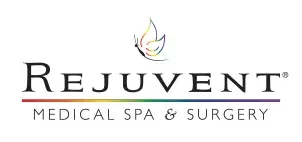
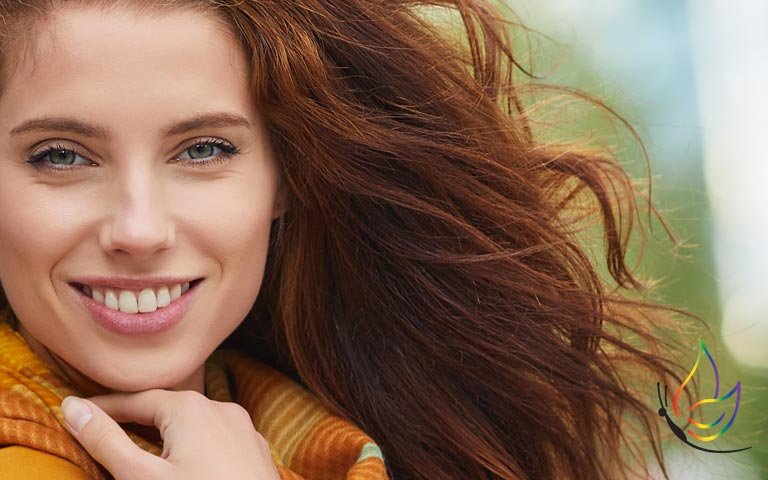
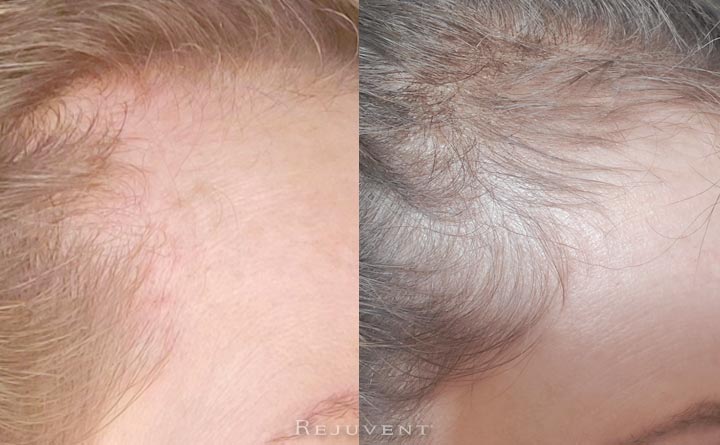
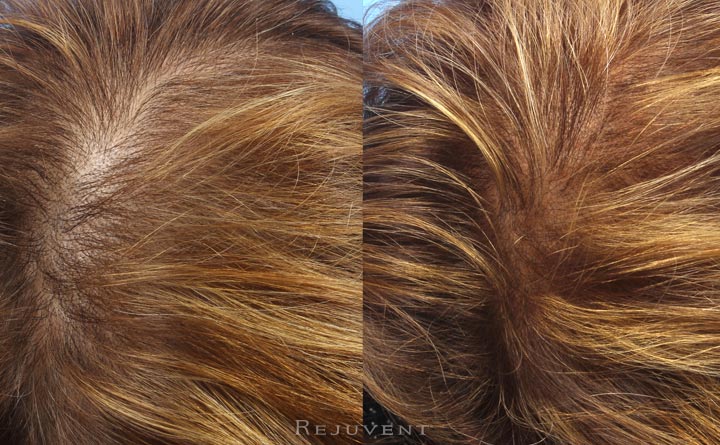

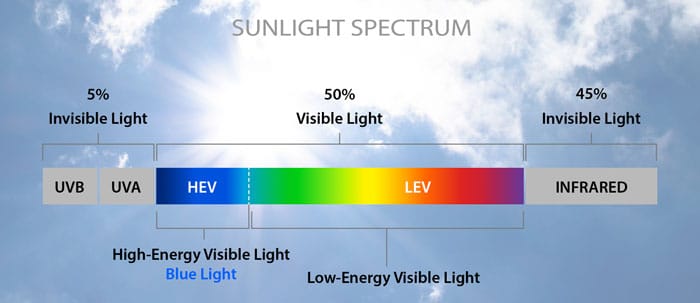
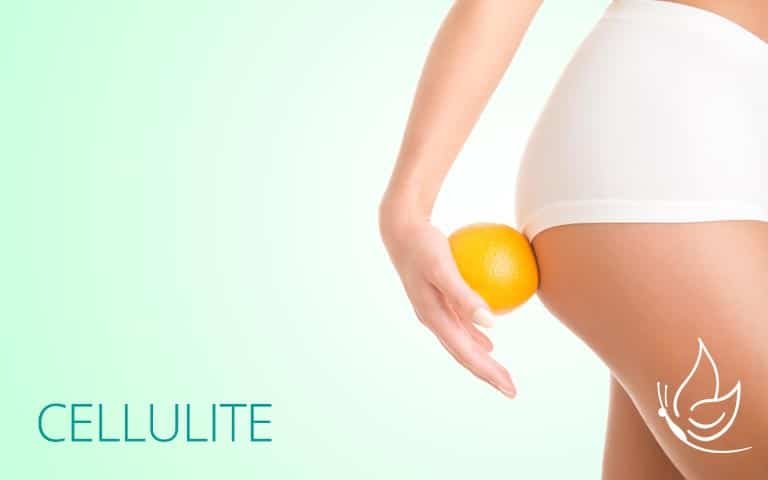
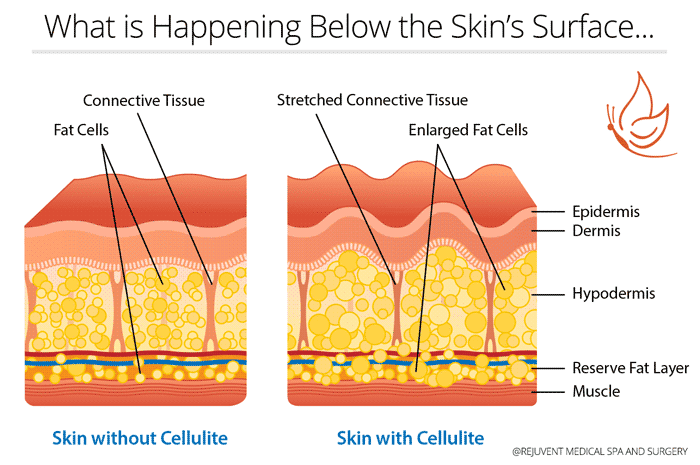
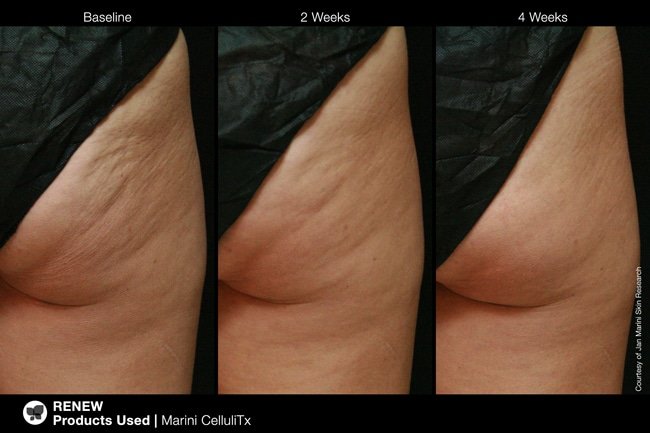
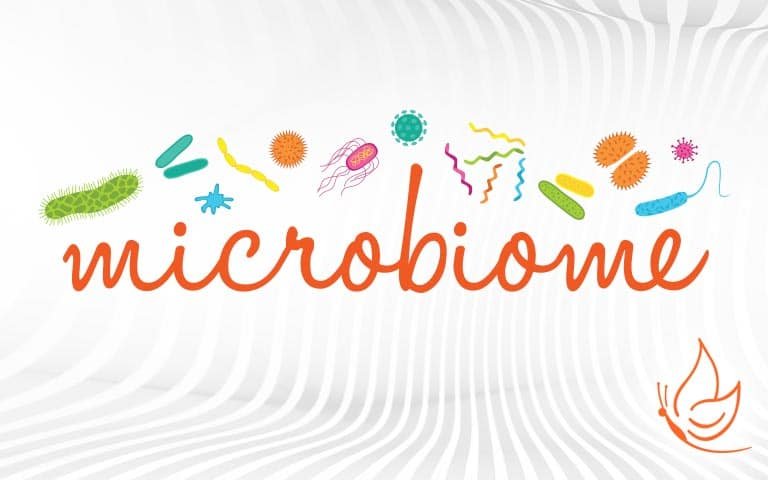
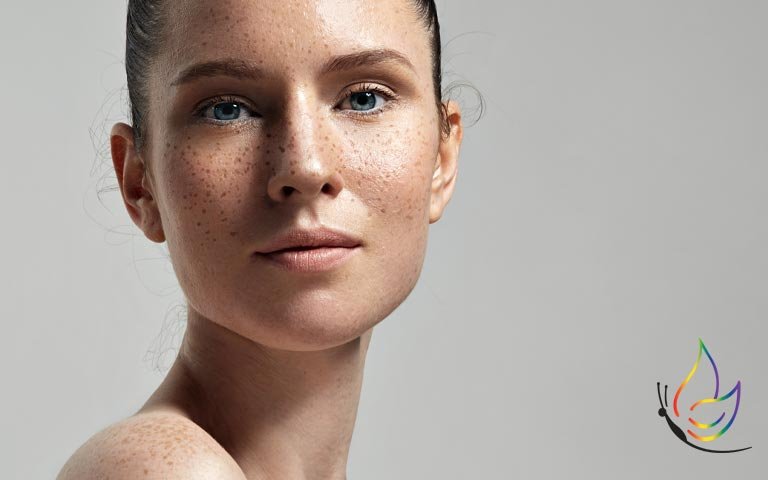
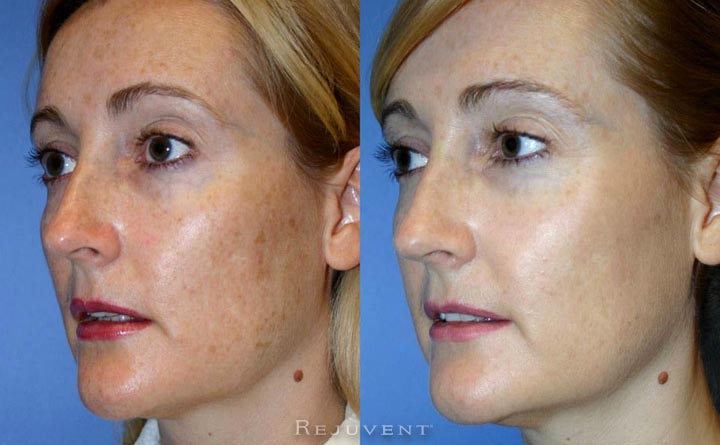
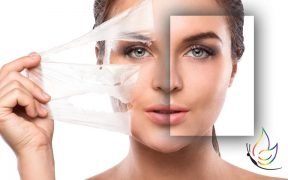

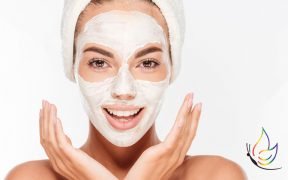
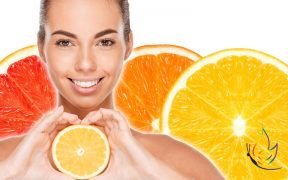

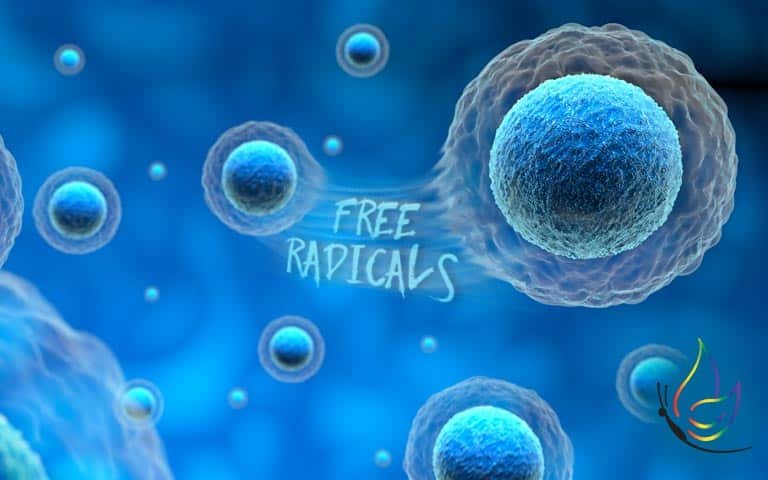
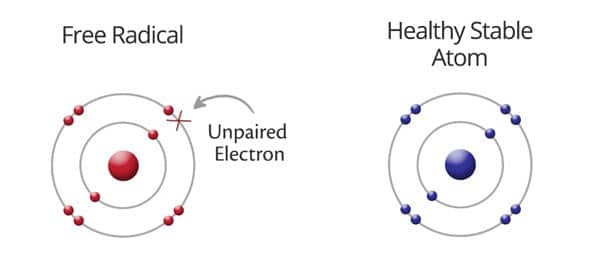




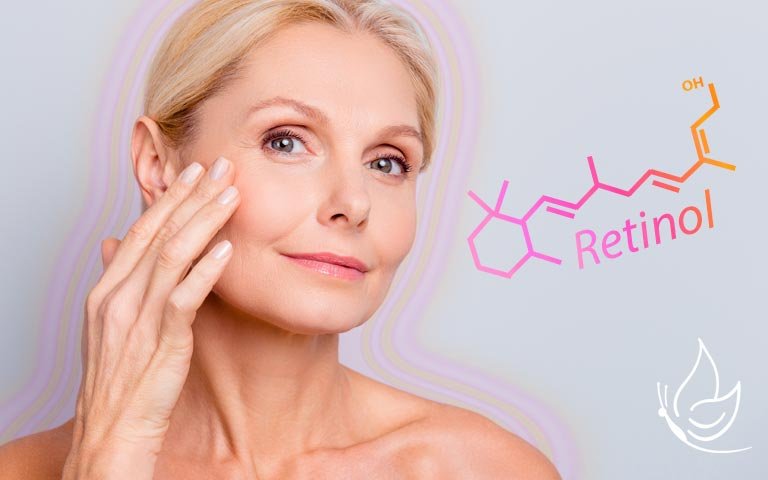
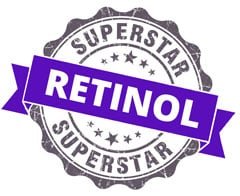 Some Benefits of Retinol are:
Some Benefits of Retinol are: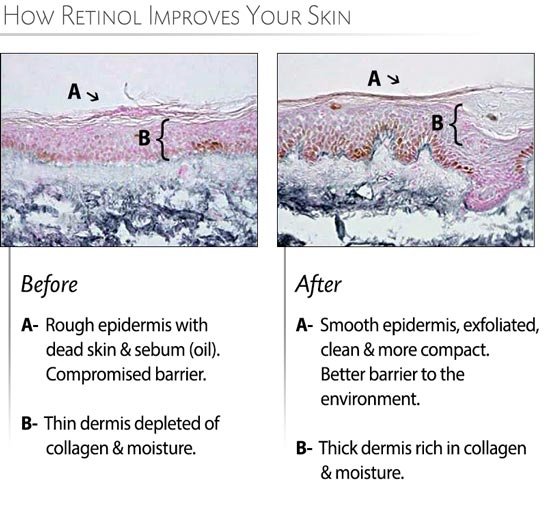
 Acclimating Level: Beginner
Acclimating Level: Beginner